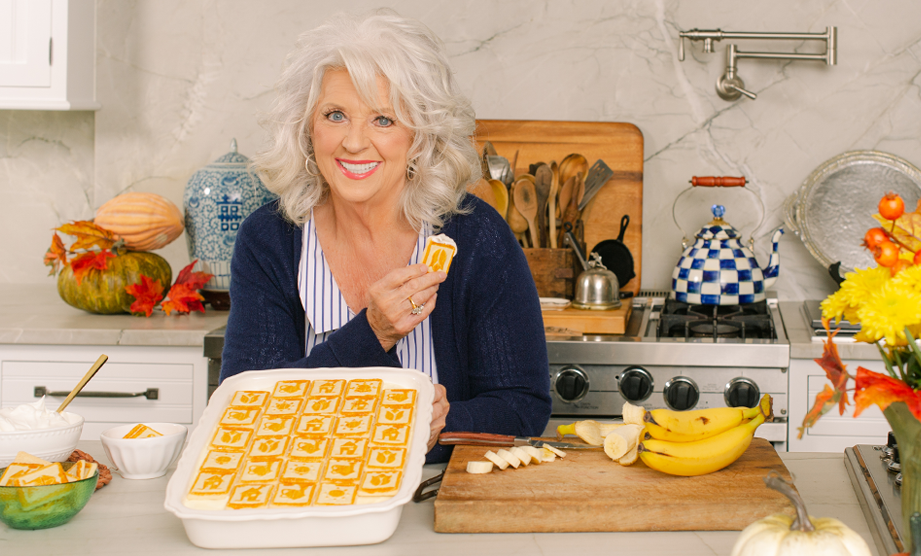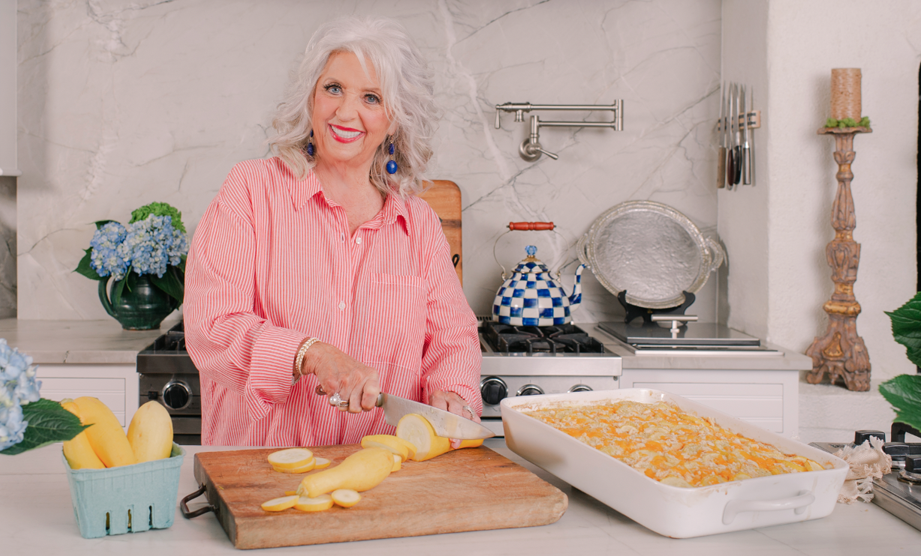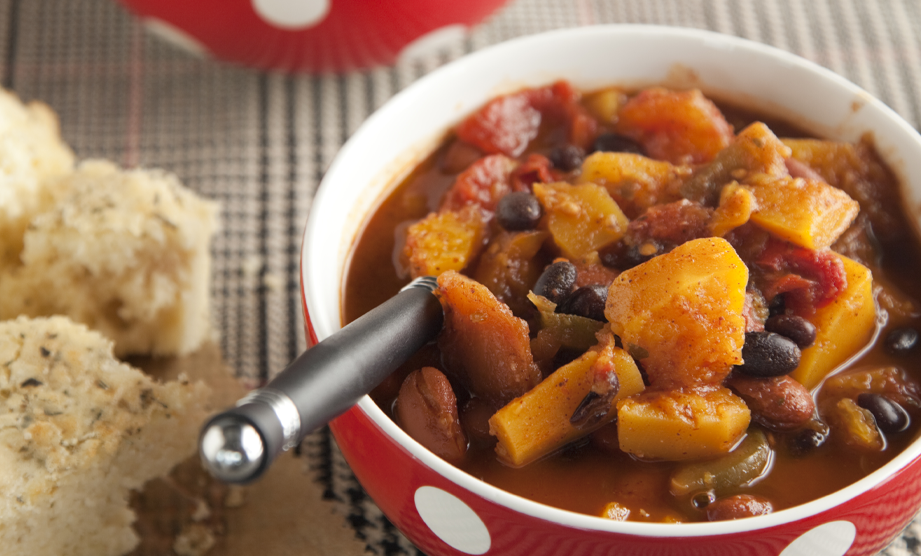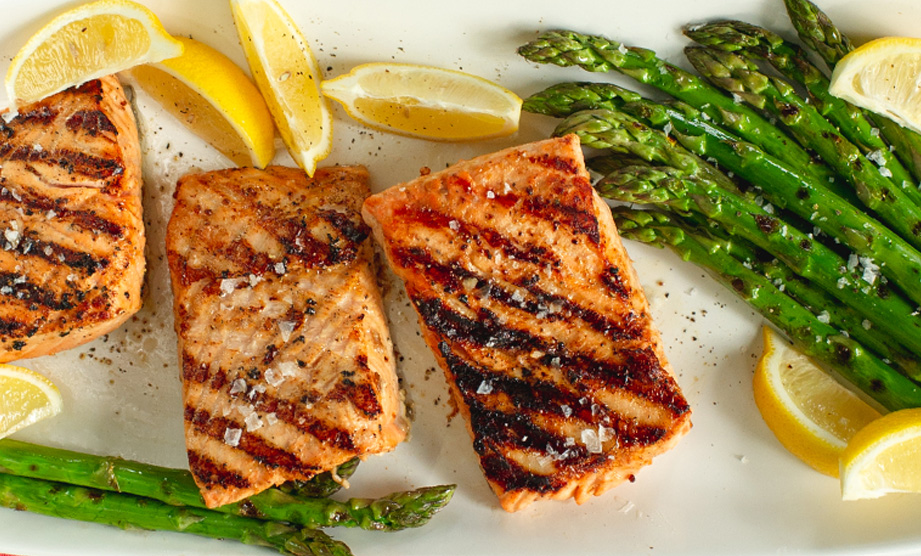History:
Similar to tomatoes, when potatoes were first brought to Europe people believed them to be poisonous because they were part of the misunderstood nightshade family. Of course, today we know that potatoes are not only delicious; they are also healthy and contain high levels of vitamin C, vitamin B6, magnesium, and fiber.
Selecting:
When selecting potatoes, make sure they are firm, relatively smooth, and don’t have too many soft or dark spots. It’s also a good idea to avoid any potatoes that have started to sprout or look a little green. Although many grocery stores offer potatoes in bulk, it’s a good idea to buy them individually so you can inspect each one.
Storing:
Potatoes should be stored in a cool, dark, dry, and well-ventilated place (approximately 45 °F- 50 °F). They should not be stored in the refrigerator because their high starch content will begin to turn to sugar. Do not expose potatoes to direct sunlight, as it will turn them green and make them bitter. Finally, be sure to check your potatoes regularly, removing any that have spoiled or sprouted because they will affect the rest of the bunch. When potatoes have been stored correctly, you can expect them to last up to two months!
Yield:
1 pound potatoes = 4 cups diced =1 ¾ cups mashed
Substitutions:
Parsnips (for stews, soups, or mashing)
Cassava, Yucca, or Jicama (for mashing or baking)
Rutabaga, Cauliflower, or Jerusalem Artichoke (for mashing)
Sweet Potatoes (for browning faster)
Most Common Varieties:
Russet: Potatoes with high starch content, like russets, bake well, yield light and fluffy mashed potatoes, and are good added to soups and stews.
· Jacket Potato with Bacon, Mushroom and Peppercorn
· The Lady and Son’s Beef Vegetable Soup
· Crispy French Fries with Mayonnaise Dip
· Parmesan and Garlic Potato Chips
Reds: Potatoes with low starch content, like red-skinned potatoes, hold their shape after cooking and are great for making potato salads and scalloped potatoes. New Potatoes are immature potatoes harvested during the spring and summer. As in New Red Potatoes, they are not a separate variety, but just a younger version.
· Mashed Potatoes with Sautéed Mushrooms
· Rosemary and Garlic Roasted New Potatoes
· Eggs, Bacon, and Skillet Fried Potatoes Drizzled with Spicy Steak Sauce
· New Potato and Green Bean Salad
· Slow Cooker Smoked Sausage and Sauerkraut Soup
· Green Beans and New Potatoes
Fingerlings: Fingerling potatoes have a woodsy, complex flavor. They are often used in dishes that showcase their small size and quick cooking times. They are usually eaten whole, skin and all, as the skin is very thin and tender. Fingerlings are great roasted or broiled and are perfect for potato salads.
· Bobby’s Favorite Sausage Potato Salad (sub Fingerlings for Reds)
· Rosemary and Garlic Roasted New Potatoes (sub Fingerlings for Reds)
· Skillet Fried Potato Salad (sub Fingerlings for Reds)
Purple Peruvians: Purple potatoes offer a bold flavor when added to a dish. Purples are excellent for making colorful potato salad and can be deep-fried to make beautiful lavender colored chips. For added flavor and texture, add purples to soups and stews.
· Texas Country Potato Salad (sub Purples for Reds)
· Crispy French Fries with Mayonnaise Dip (sub Purples for Russet)
· Parmesan and Garlic Potato Chips (sub Purples for Russet)
The potato really is one of the most delicious, comforting and versatile foods you can eat.










YOU’RE NOT SIGNED IN. LOGIN OR JOIN TO POST A COMMENT.